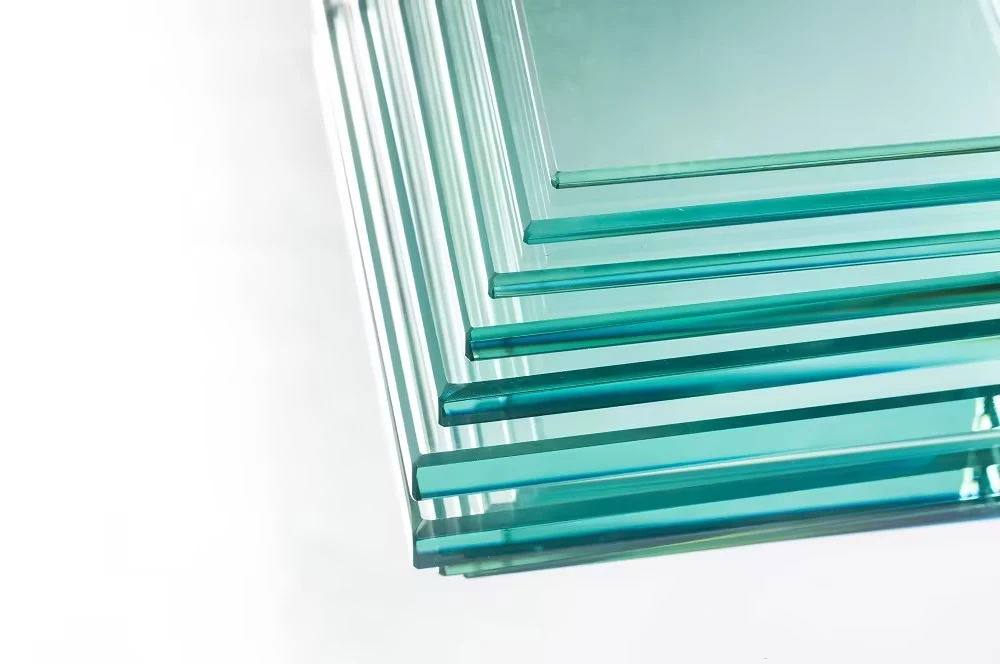

The Advantages of Low-E Impact Glass A Comprehensive Overview
In today’s architectural and construction landscape, the choices we make regarding materials significantly affect energy efficiency, safety, and overall comfort. One revolutionary advancement that has become increasingly popular is Low-E (low emissivity) impact glass. This specialized glazing not only enhances the aesthetic appeal of buildings but also provides crucial benefits in energy conservation and protection against environmental hazards. In this article, we will explore the key features, benefits, and applications of Low-E impact glass.
Understanding Low-E Impact Glass
Low-E impact glass is a type of insulated glazing that combines the properties of low-emissivity coating with impact-resistant features. The low-emissivity coating, typically made from metallic oxides, is applied to the glass surface to reduce the amount of infrared and ultraviolet light that passes through the glass without compromising visible light transmission. Impact resistance is achieved through the use of tempered or laminated glass, which can withstand severe weather conditions or physical impacts, making it an excellent choice for areas prone to hurricanes and other natural disasters.
Energy Efficiency
One of the most significant benefits of Low-E impact glass is its ability to improve energy efficiency. Traditional glass allows a substantial amount of heat to escape during colder months and to enter during warmer months, which can drastically increase heating and cooling costs. Low-E glass, on the other hand, serves as an effective barrier against heat transfer. By reflecting heat back into the building during winter and blocking it from entering during summer, this glass allows homes and commercial buildings to maintain a more stable indoor climate.
According to studies, using Low-E glass windows can reduce energy costs by 30% to 50% compared to standard windows. This remarkable energy performance not only benefits the environment but also contributes to significant cost savings for building owners.
UV Protection

Another crucial advantage of Low-E impact glass is its ability to block up to 99% of harmful UV rays. Prolonged exposure to ultraviolet light can lead to fading and deterioration of furniture, flooring, and artwork. By utilizing Low-E impact glass, homeowners can protect their interiors from sun damage while still allowing natural light to illuminate their spaces. This added layer of protection is particularly beneficial in sunny climates where UV radiation is a prominent concern.
Safety and Security
Safety is paramount in any construction project, especially in regions susceptible to extreme weather conditions or natural disasters. Low-E impact glass is designed to withstand high winds and flying debris, making it a preferred choice for coastal areas and regions that experience hurricanes or tornadoes. The laminated construction not only provides impact resistance but also keeps shattered glass pieces in place upon impact, reducing the risk of injury and enhancing the overall safety of the building occupants.
Additionally, the security benefits of Low-E impact glass cannot be overlooked. The robust nature of impact-resistant glass makes it more challenging for intruders to break in, thus providing an added layer of security for homes and businesses.
Aesthetic Flexibility
Low-E impact glass is not only functional but also aesthetically versatile. Available in various designs, tints, and finishes, it can be seamlessly integrated into different architectural styles. Whether it’s for a modern high-rise or a quaint cottage, the glass enhances the visual appeal while providing the functional benefits that modern buildings demand.
Conclusion
In conclusion, Low-E impact glass stands at the intersection of energy efficiency, safety, and aesthetic appeal. As building codes become more stringent and the focus on sustainability intensifies, it is essential for builders and homeowners alike to consider the long-term benefits of integrating this advanced glazing technology. By enhancing energy performance, providing UV protection, increasing safety, and offering aesthetic versatility, Low-E impact glass represents a responsible and intelligent choice for modern construction. Investing in such innovative materials not only contributes to personal comfort and safety but also promotes a more sustainable future for our planet. In an ever-evolving architectural landscape, Low-E impact glass undoubtedly remains a vital component in the pursuit of energy efficiency and resilient building practices.